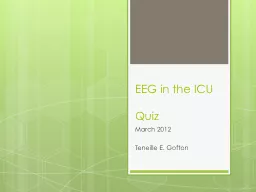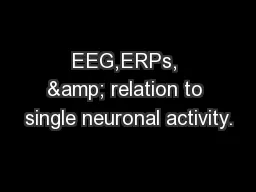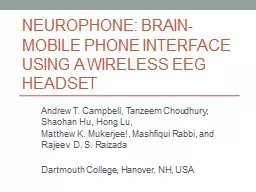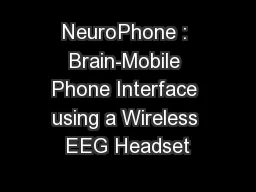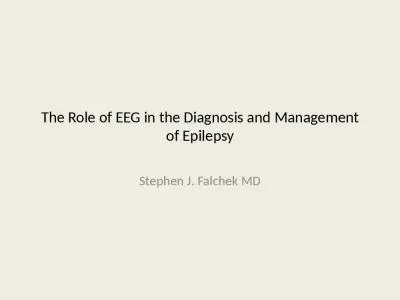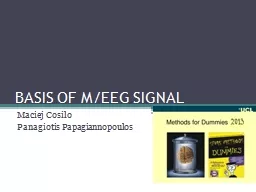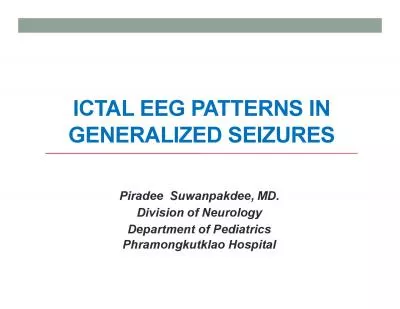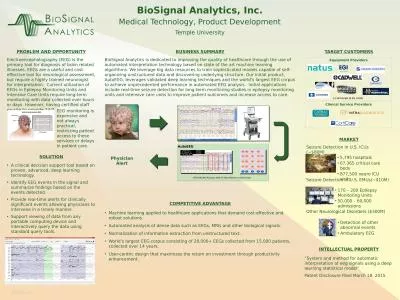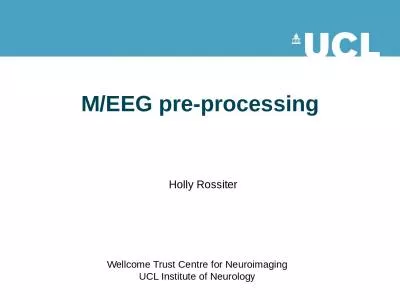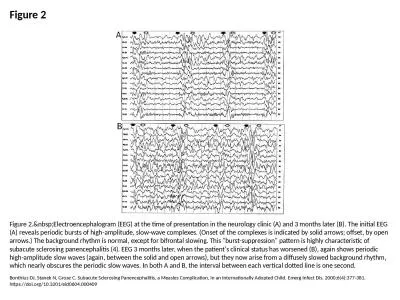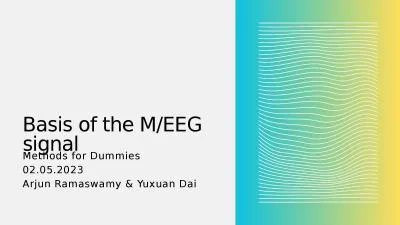PPT-EEG in the ICU
Author : olivia-moreira | Published Date : 2017-04-27
Quiz March 2012 Teneille E Gofton Quiz The next several slides will show 15 subhairline EEGs Choose the best possible answer in each scenario Your score and solutions
Presentation Embed Code
Download Presentation
Download Presentation The PPT/PDF document "EEG in the ICU" is the property of its rightful owner. Permission is granted to download and print the materials on this website for personal, non-commercial use only, and to display it on your personal computer provided you do not modify the materials and that you retain all copyright notices contained in the materials. By downloading content from our website, you accept the terms of this agreement.
EEG in the ICU: Transcript
Download Rules Of Document
"EEG in the ICU"The content belongs to its owner. You may download and print it for personal use, without modification, and keep all copyright notices. By downloading, you agree to these terms.
Related Documents

